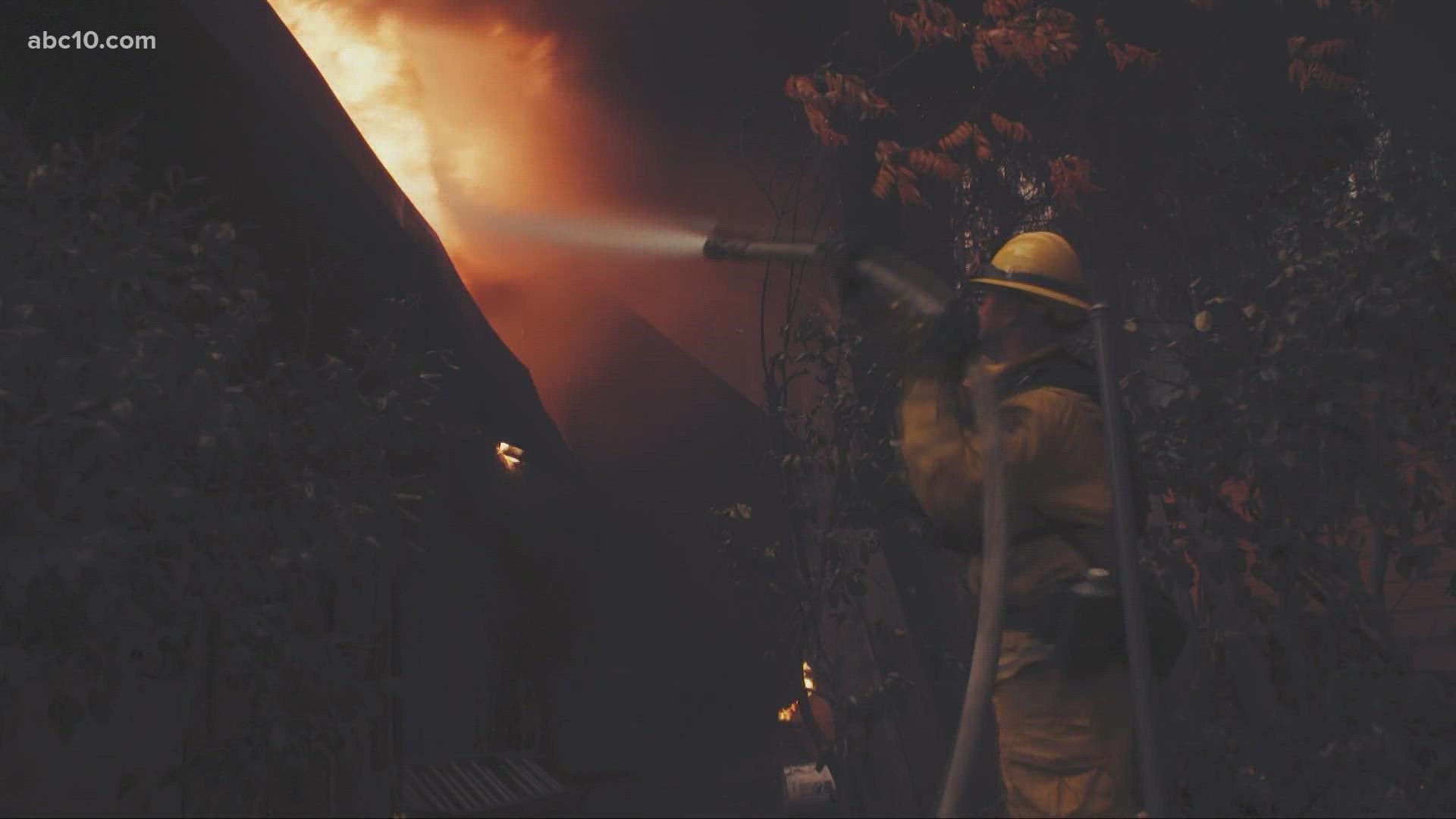SACRAMENTO, Calif. — In the last five years, California has had the largest, most destructive and deadliest wildfires in state history. But a new program is working toward understanding extreme wildfire behavior by using the public's photos.
Over the past decade, fires have been creating their own weather including thunderstorms, extreme winds and even tornadoes.
Neil Lareau, an extreme fire weather researcher with the University of Nevada Reno (UNR), said this is becoming a vicious cycle in the warming, drying climate — a link they don't fully understand.
Lareau said worsening fires create extremely dangerous conditions for firefighters and the public. It also makes it more difficult for firefighters to get ahead of fires like they've been able to do in the past.
That’s why researchers at the UNR and Desert Research Institute (DRI) are launching a new community science project to help with fire prediction.
Meghan Collins with DRI found, through other public contribution projects, that people want to help move the needle and solve pressing environmental problems.
Collins said the collaborative project with UNR is a way to empower the public to be a part of a solution.
The program has two parts.
A crowdsourcing site called Ashfall Citizen Science invites community members to share observations of ash raining down around wildfires. This will help better document the size and shape of ash lofted into the sky.
There’s also a middle school curriculum, focusing on how scientists use physical and conceptual modeling to better understand the wildfire environment.
Collins said the team's hope is to empower the next generation of scientists and thinkers today with the basic science literacy they need for finding solutions for tomorrow.
A tomorrow in a warmer, drier world, with extreme fire behavior.
Lareau said this is really where the "rubber meets the road." The climate is changing and fire is responding for those living in the west.
ABC10: Watch, Download, Read
WATCH MORE SCORCHED EARTH:



















